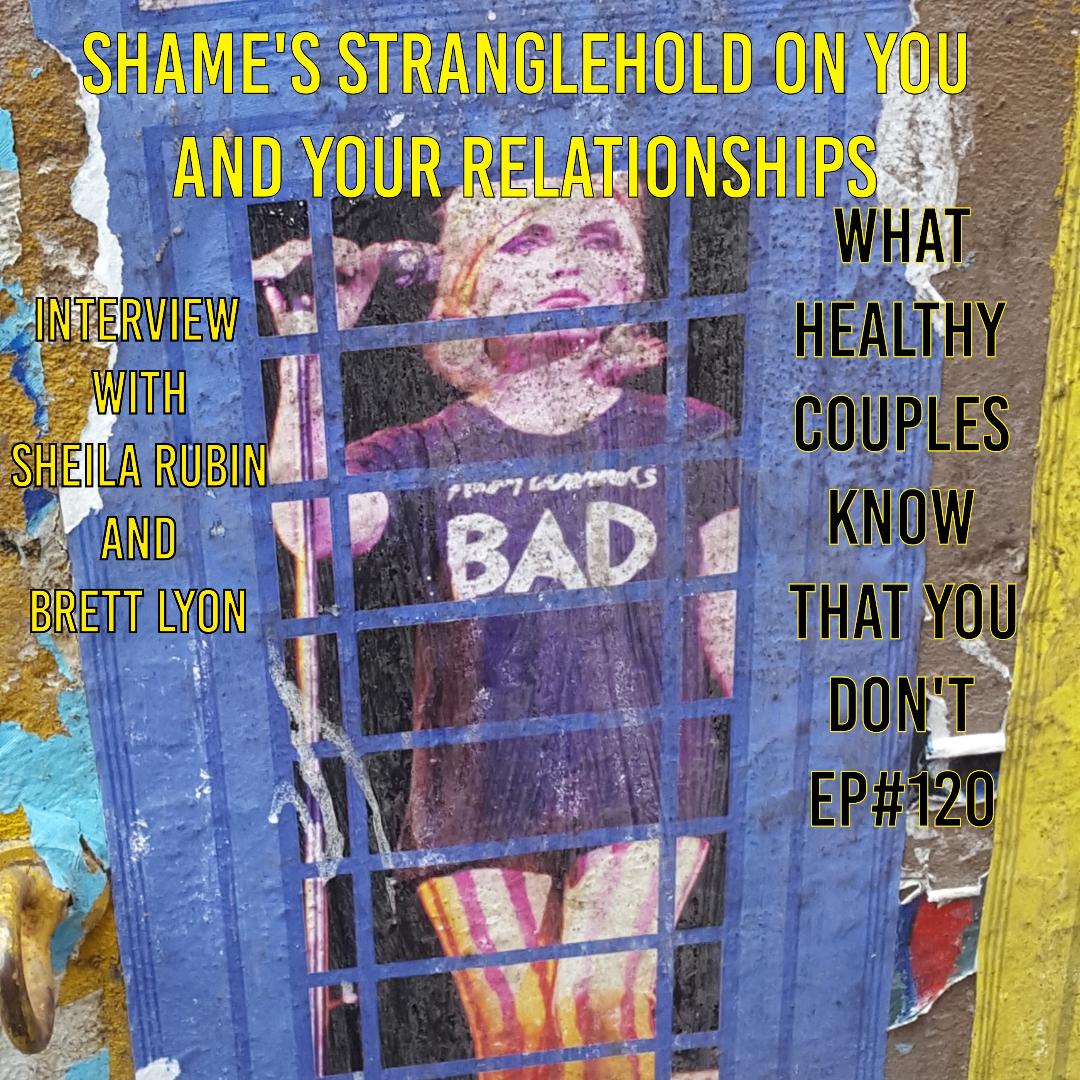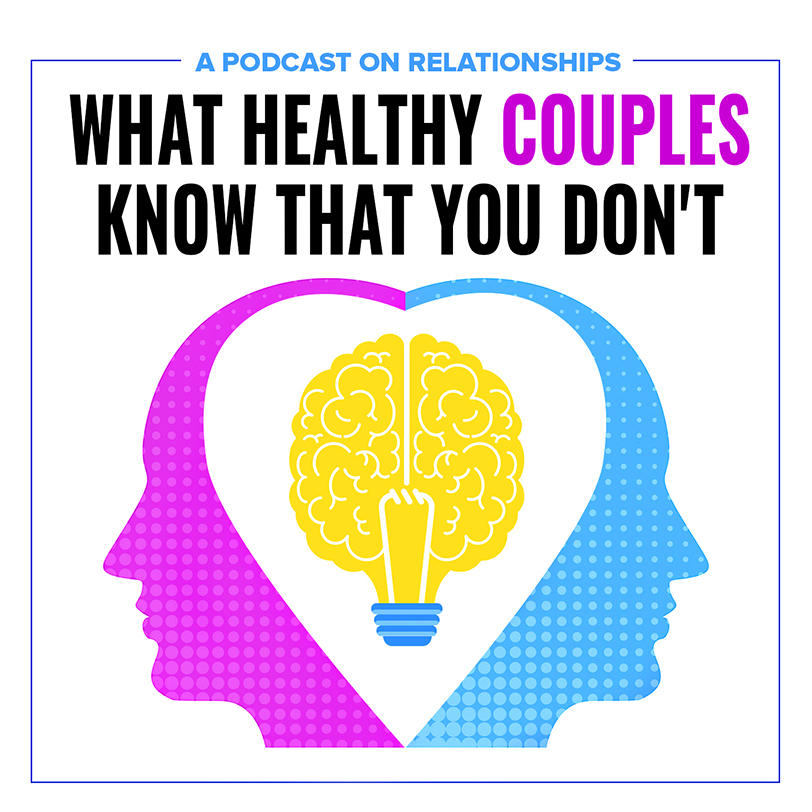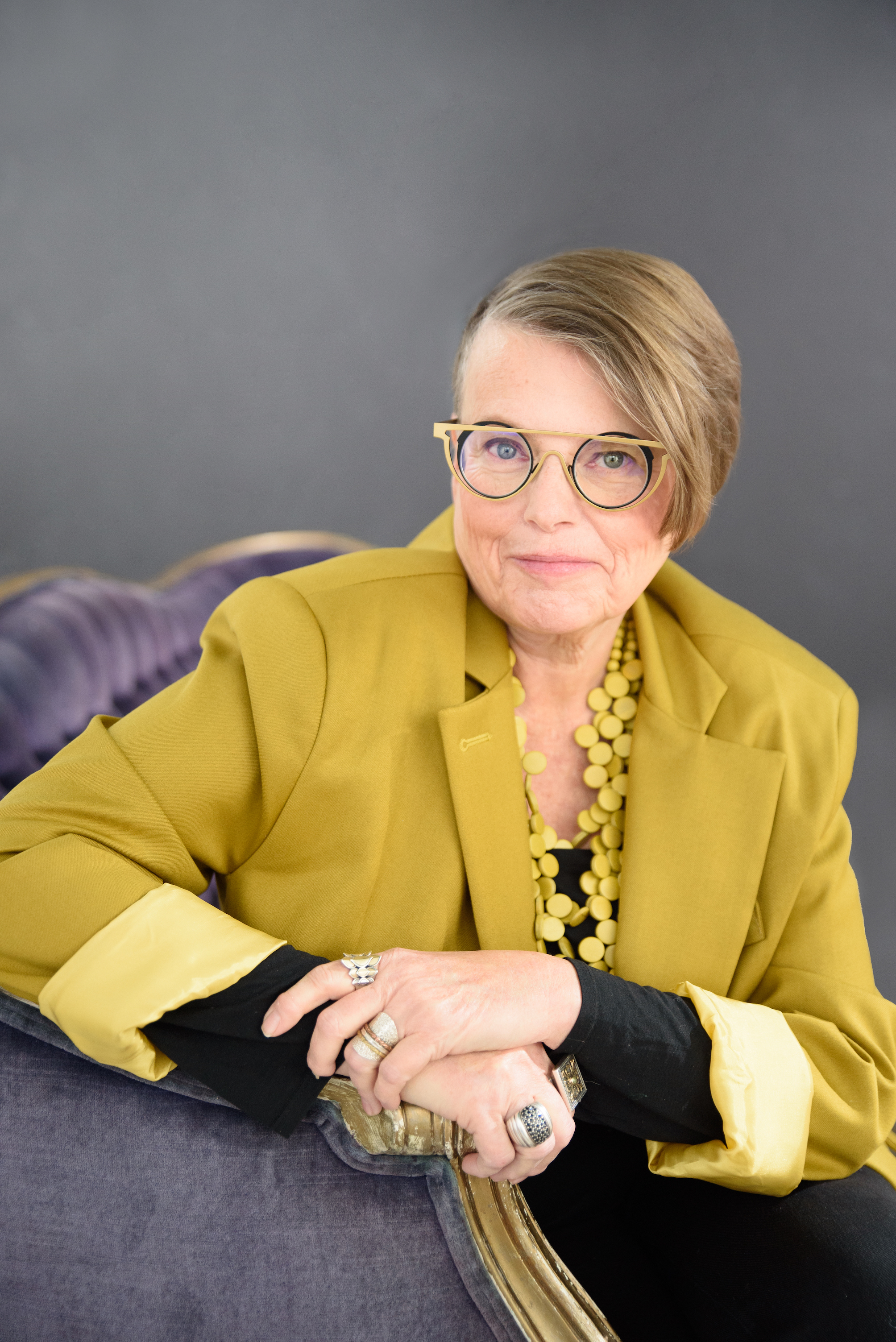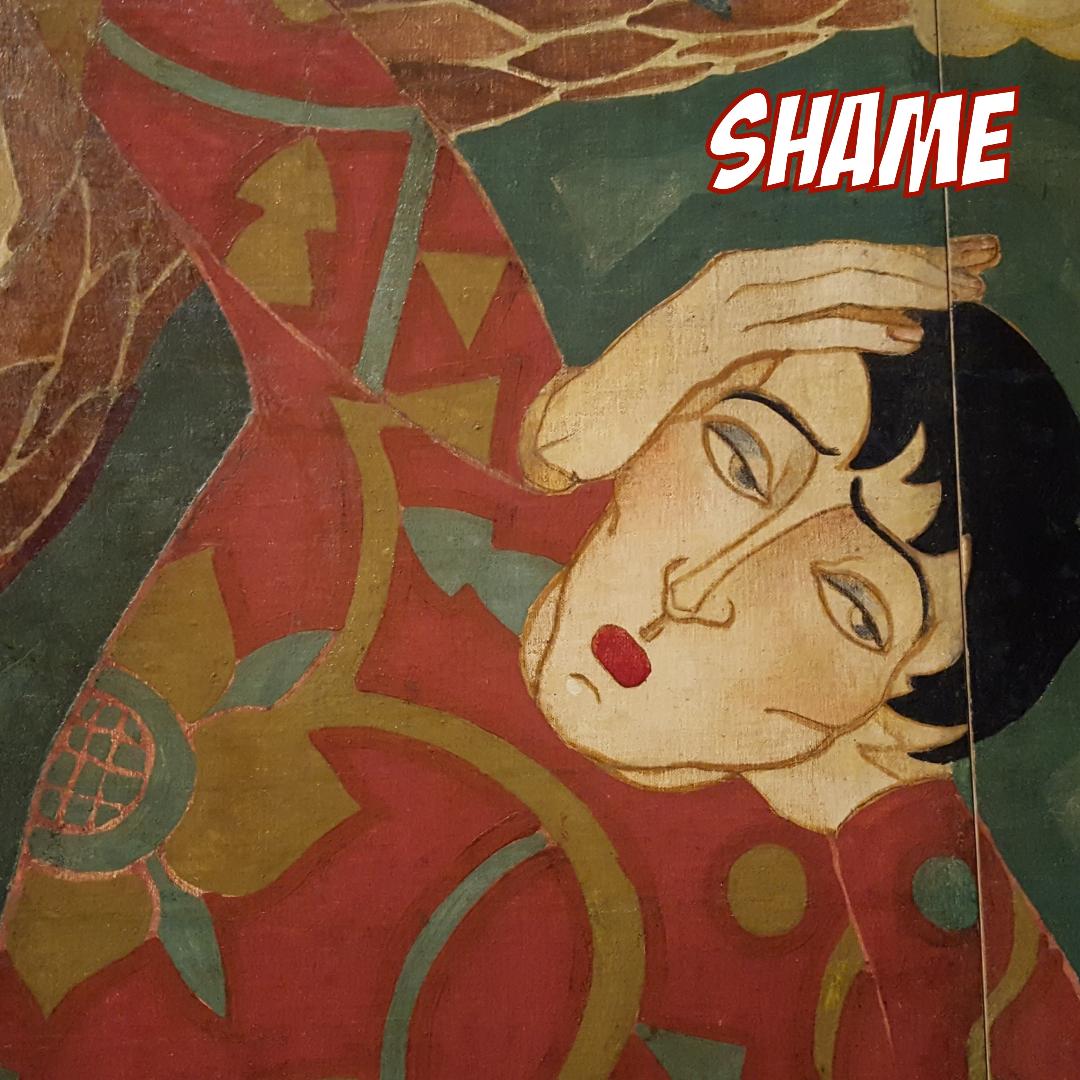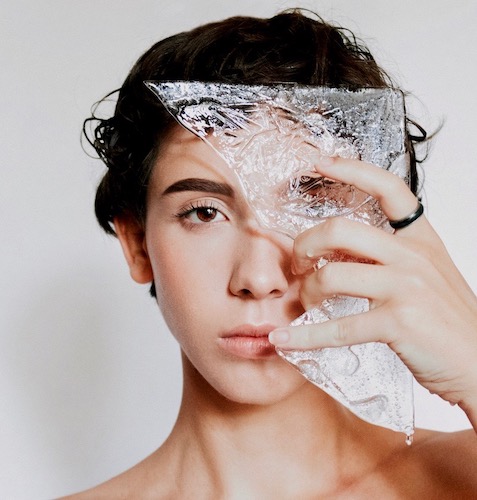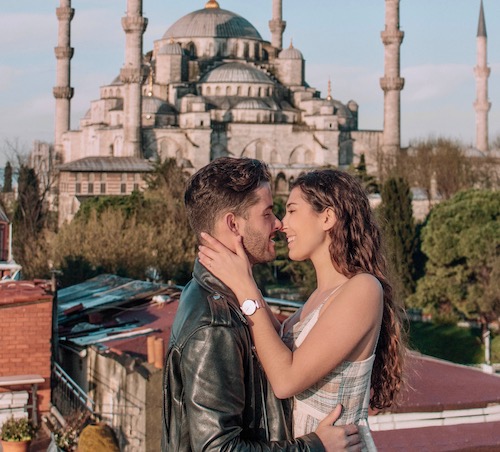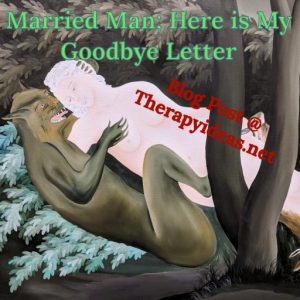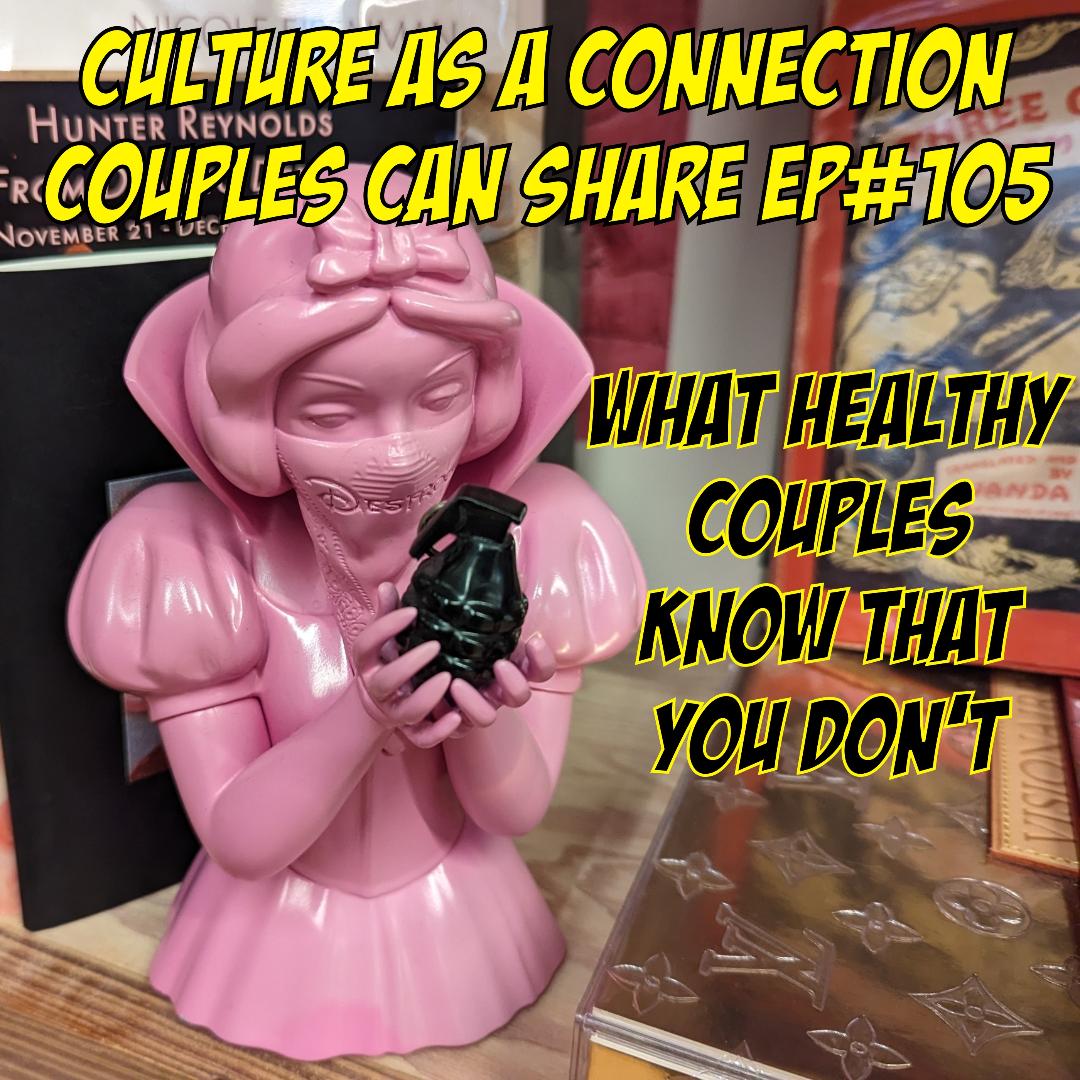
There are different ways for couples to be connected; mutual religion as a shared values system, all the many physical activities of tennis, rock climbing, dancing or kayaking. Having shared connections of the ways you enjoy life together really matters. I do suspect that music is the most shared cultural activity by couples. So today I want to talk about being connected through sharing other cultural experiences. Something my husband & I have together that has been really important to both of us.
So we attend lectures while on vacation at 9:45 at Chautauqua Institution, & since 1991 we’ve listened to authors (now online) for Pittsburgh Arts & Lectures & often have read their latest book before the lecture. We especially love theater and even drive to DC to see it or Theater Festivals in Sheperdstown & Canada as well as all the wonderful theater companies here in Pittsburgh. We also enjoy art & go to Art Basel in Miami, or even the Biennali in Venice one year & too many museums to count. I take my grandsons to the lovely Zynka art gallery in Sharpsburg because it’s never too early to start them thinking about art. I even consider watching all my foreign TV shows as cultural though my husband doesn’t share that with me as often….
Culture offers so much to anyone as an individual or as a couple. To quote Twyla Tharp the famous Choreographer “Art is the only way to run away without leaving home.” Even just sharing the silence of absorbing Picasso’s Guernica together is a powerful experience. Sharing our perceptions of what we see or hear and our different perspectives keeps our relationship lively. My favorite body part is my Brain (& it’s the only reason I exercise every am) & there is something delicious about sharing an art work or play that gives you so much to think about together. Art & Theater both offer you the opportunity to open you up in ways that can be life changing.
Curiosity, according to research by Dr. Martin Seligman says is definitely a “character strength” that makes you happier in life. Dr. Seligman says “Curious people tend to bring fun and novelty into relationships.” Too many people glide by with only paying attention to what’s popular instead of pursuing and exploring the unknown…Take a risk, do something that is a little bit uncomfortable like a film with subtitles…life is so much more interesting when you pursue your curiosity into the unknown…So if you are not aware of Guernica that I mentioned above, look it up & be inspired.
Curiosity helps you overcome being stagnant & your fear of uncertainty. Exploring & sampling new experiences makes your world bigger and more interesting. I’ve tried Opera probably 10 different times over the years & it’s not for me, and what’s important is that I’ve given it an honest effort. I will end with this quote from Stella Adler an actress & acting teacher, that captures why connecting with culture really is so important “Life beats down and crushes the soul and art reminds you that you have one.”
David Brooks writes about searching for beauty as the world turns ugly in his wonderful NYT opinion piece “The Power of Art in a Political Age”.He describes a piece of art…as a portal to a deeper realm of the mind…art has the potential to humanize the beholder.”
Today I have two guests to talk more specifically about appreciating art & theater, both have invested decades in each of these important parts of our culture. Dr Vicky A Clark has been a curator of contemporary art, a critic, and a professor for 40 years in Pittsburgh. A child of the sixties who grew up in Southern California, she became an art historian to share her passion for art, challenging us to think differently about and see art in new ways. Marc Masterson is a co-Artistic Director of City Theatre and a former Artistic Director of Actors Theatre of Louisville and South Coast Repertory. He is a prominent director and producer of new plays and innovative classics in the American Theatre.
#1. I believe art is truly a gift to the world. As someone who has devoted their life’s work to art what makes art important? Tell us why does Art matter?
Vicky: Well, you know what? I’m going to go back to a quote that you gave me, which was from David Brooks, that: “A piece of art is a portal to a deeper realm of the mind.” & I might rewrite that, instead of mind, I might say soul, because I think it goes much deeper than the mind. & then it continues, “Art has the potential to humanize the beholder.”
& I might even go further than that as well & say that art has the ability to teach us something new about ourselves, that it is an exploration of what it means to be human & how we make sense of the world in which we live. So, to me, art has this incredible potential to change us, to change lives, & as I’ve said too many times in my career, make us think in new ways & look in new ways.
Rhoda: Yes, that’s true.
Vicky: & so, I’m really passionate about it. It has given me more than anything in my life, it has given me a knowledge & understanding, as I said before, of myself, but also more importantly of other people. I think that as human beings, one of the ways we do that is to tell stories, & there are stories embedded in almost every work of art. & one of the things to do as a viewer is to say, huh, I wonder what story is being told here.
Rhoda: Yes, that’s right, I like that a lot. Why are people so afraid of art? & they think they know nothing & can’t appreciate it. It keeps so many of us from experiencing what we do, finding a different way to think & feel.
Vicky: I think that I blame the education system, even I’m getting older now, & I had a pretty rigorous education. But my education did not include the classics, it did not really include learning Latin, or some of the things that all people who went to school used to learn. & so, even by the time I got into the education system, I think it was lesser, it didn’t include as much as it used to.
& I think that what’s happened since then, & thankfully, thankfully I was not part of it, is that we teach to test now, & that’s the only way of determining whether students are learning, & whether teachers are doing a good job. & you cannot really test what you learned from art. You cannot put a number on it, you can’t have a true fault, because none of that is part of art.
Yes, I do think there are a few things that are yes or no, yes, Michelangelo made David. No, it wasn’t Andy Warhol. So yes, we do have a few yes & no’s, but really, what art is about is delving into something that I believe you don’t necessarily understand, & attempting to come to terms with it. & the great thing about art for me, is that once you open yourselves up to that, you can look at the same work over a period of time & find different things about it.
Now, I’m getting off on a tangent, which I always do. But what schools have done now, I believe very strongly, is stamp creativity out of students. One of my favorite examples was this little boy who was asked to draw the moon, & he just drew a circle, & the teacher said, That’s not a moon,” & he said, “Yes it is.” & she said, “The moon is three-dimensional.” & he said, “Not when I look at it. I just see one side of it.”
& the kid was right. He just was looking at it in a way that the teacher wasn’t. & the teacher was saying, no, no, there’s a right way & there’s a wrong way. So, I think that we aren’t encouraged to open our minds, & so therefore we think we don’t know anything about art. But if you go through a museum with young kids & ask open-ended questions, what they say is totally unbelievable. It might not really apply to the work of art as I know it as an earth historian, but it speaks to the kid, & the kid sees something. & the kid sees something that I don’t see, & that’s what’s really great, & that’s how you communicate about what a work of art means.
Rhoda: Yes, yes. & I was just thinking about the bad art I made in high school, but I love the students that were in the class, because they were so creative & free thinking, & I kept taking courses even though I was terrible at it. But I don’t think I was trying to tell a story with my pieces, I was just trying to do what I was told that needed to be done. But I think if I had thought of it as telling a story, it would’ve been a whole different experience for me.
Vicky: & you think about how we analyze drawings of children, & you see, oh, daddy’s the big one, & mommy’s the little one, & mommy’s in the house & daddy’s outside the house. The kid is telling a story. Now, you might have thought at that point in your life, that you were just showing mommy, daddy & you, but you were really telling a story without even being aware of it.
Rhoda: That’s true, yeah. That’s really… I’ve never thought about why what I did was so bad. I just knew it was bad. & I’m sincere on that, I’m not fishing, I sincerely know that they weren’t good. But I think if I had understood I should tell a story, it would’ve been a different experience.
Vicky: This is another reason why art is so difficult for people to look at, because we believe, & we have believed since the Renaissance. So, let’s say from 1400, 1500, that we need to make art that looks exactly like the world, we want we call realism. But that’s only one way, because art…Let’s just take painting. Painting is about the arrangement of shapes, lines, & colors on a flat surface.
So first off, it can’t be real, because it’s flat, & our world is dimensional. But we want art to look like what we see around us, & we judge it on those standards, rather than saying, oh, why does that person’s head have such a big ear? Why? Oh, that’s wrong, that’s wrong, that’s bad art. No, it is not necessarily bad art, the artist probably had reason to do that. & one of the things we’ve learned in the 19th, 20th, & now 21st centuries, is we do not have to replicate the world around us.
So, we have imaginations, we can make things look like we want them to look, & to tell whatever story, or whatever feeling we want to communicate because art is about communication.
Rhoda: Yes, that’s right. Yeah.
Vicky: & that’s why in a way I feel that—it’s why I’m so excited to be talking to you about this today, because this is in a series about how two people can communicate with each other. & they are using in this case, a work of art, which is made to communicate. Now, where we get in trouble, I think, in our culture, is that we want to know what it is communicating, instead of going & saying, huh, I think maybe it’s talking about, oh, that’s red, & that’s a figure. I wonder if that’s blood? If that’s blood, this is…ooh, that might be trouble. But if it’s red, because I saw a red sunset, then it might induce a feeling of awe, a feeling of being enveloped in that color of the sunset, & you see things in a different way. & I think that the great thing about looking at art more & more & more, is that you feel freer about seeing those kinds of things.
Rhoda: Yes, yes.
Vicky: & add to the communication between two people, you & I went through a show together just last week. & if you recall, when we were talking, I would frequently say, well, what did you think? What do you see? & it’s because, yes, I have more knowledge about art than you do. & I probably see more things, but that doesn’t mean I am right, because you see what you see based on who you are, & what your experiences are.
& so, if you have two people talking to each other, you taught me things in that museum visit, & I taught you things, & we learn, & we shift, we are not static being, we’re always changing. & art is always changing, & how we look at art is always changing.
Rhoda: Yes, yes, that’s right. Wow, I’ve really appreciated how much fun it is to be with you in a museum too. & you do, you give lots of room for whatever the opinion is, there isn’t a certain way you’re supposed to do it, & that’s really cool, yeah.
Vicky: One of the things I’ve always enjoyed about teaching, & this is at the university level, so it’s totally different than teaching kids about art, is, I like to draw things out of the students, & they will tell me the most convoluted story about what the work of art is all about. & then I like to look at them & say, “Oh boy, that’s really interest.” Wrong, but really interesting, because I never want to shut down somebody’s feelings or opinions about what the work of art is about.
Rhoda: Yeah, & I’ve experienced that with you, yeah. No, you’re really serious about it, yeah. So, how do we go about engaging with art in a way that would help us understand it better? How can we improve our connection? Some of which you’ve already talked about, but I’m sure you have more you can say. How can art add more meaning in our lives? Any of that that you want to expand upon.
Vicky: Well, I think that people get stopped when they’re looking at visual arts, because they think it is elitist, & that only rich people can buy it, & only rich people can go see it, & only educated people can understand it. But the visual arts aren’t any different than a cartoon. Kids understand cartoons, we understand cartoons, why do we think we can understand a cartoon, which is visual? But not a painting or a sculpture?
It is a different language, & that’s always a problem. But it doesn’t matter if you know the language, it’s what you are seeing with your eyes, & how that affects you. I mean, color is the easiest things, because we do have emotional associations with color. But a line, a curve, if a line goes across a canvas, it moves your eye, but it also implies that there are movement there.
So, if you learn a few tricks like that, you can start understanding the visual language, & then you can start interpreting the work of art. & I do think that there are some ways to open yourself up to that. & I think that one of the best ways is to talk to artists, or to watch videos about artists. There is an absolutely brilliant series on PBS, that’s free called Art 21. & what they do is 15 minute segments, & they go into a contemporary artist studio, & talk to the artist about how they make their art, or what they’re thinking about.
& so, you have the opportunity, in the peace & quiet of your own home, whenever you want to, to watch one of those 15-minute segments, & see what the artist himself or herself is thinking about. & if you start watching enough of those, you get a sense of what this world is about, & it’s just going to blow your mind wide open.
There’s another series that I’ve never watched much, but a lot of people talk to me about it, & it’s Sister Wendy. & Sister Wendy is a nun who does art history, & she is very open & very funny, & just engages people. It’s just getting past that initial barrier.
Rhoda: Yeah, I think that’s a really, really good point. Because I think there’s something about how we don’t want to be uncomfortable & we don’t know enough, & so we avoid & we deflect, instead of stepping into it & finding out, & seeing what we think or what we feel. So, yeah, I like that.
Vicky: & I think that if you’re talking with somebody else, as we were just saying, what I do is ask a question. & I think if you are going somewhere with somebody, you ask a question, & I know that you’re also talking to Marc Masterson about theater, & I just was a theater performance that actually Marc directed with a friend of mine. & afterwards, we go to dinner, & I’ll say, “Well, what do you think that meant?” Or “I don’t get that,” or “I don’t get this.”
& we’ll frequently just start with, “Did you like that or not?” & most of the time I’ll say, “I know you didn’t like that.” Or he’ll say, “I know you didn’t like that,” because we know each other very well. & then we start there, & it gives us what I like to call a point of entry. & that’s what labels in a museum should do, they should give you a few things or just one thing to look at, & that gives you that starting point, & then boom, you can go from there.
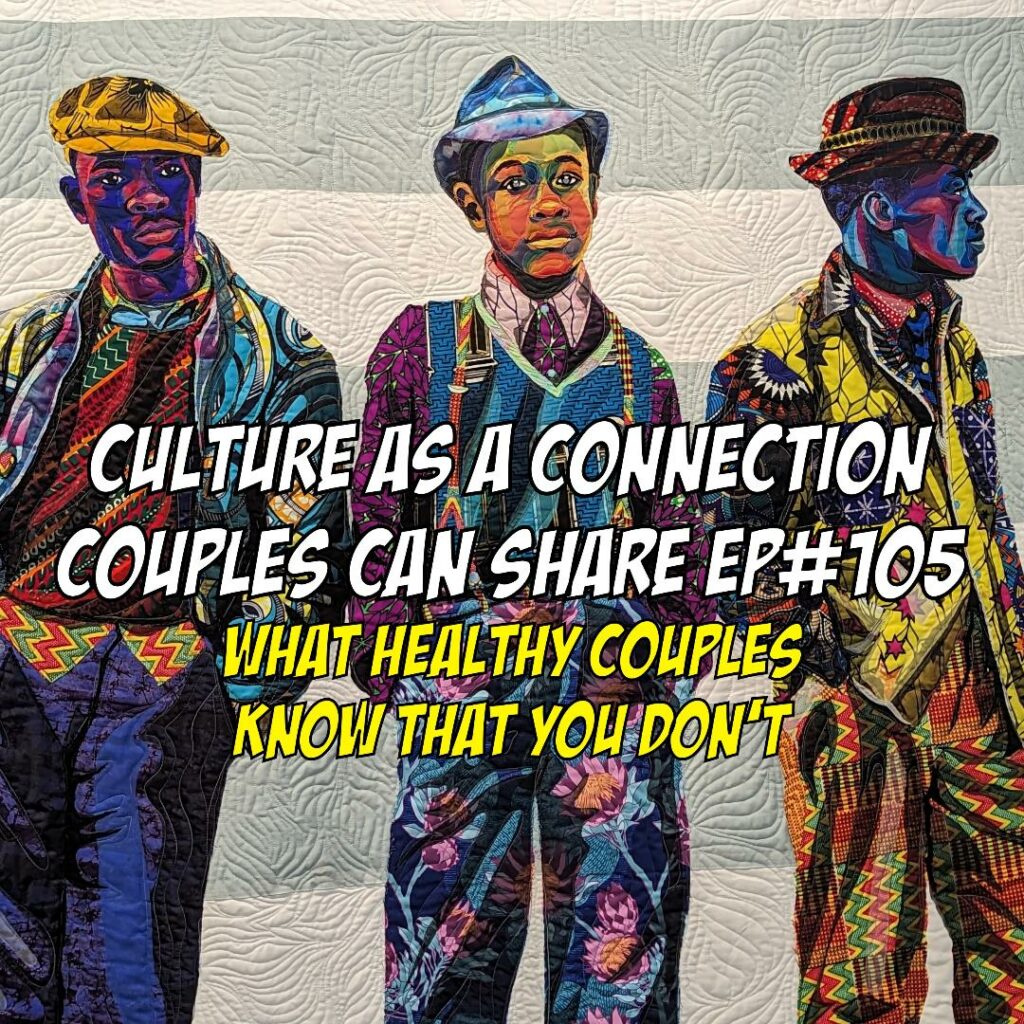
Rhoda: Yes, I think when museum labels are too long, you get lost in reading the label, instead of experiencing the art piece.
Vicky: Or when we talk about dis-identificatory practices. Well, what does that mean? & that’s how we talk, & that’s how we write. & we have art speak, but I can also point out that every field has that. I was sick in California once, I went to a doctor out there, & he told me I had ulcerated stomach colitis. I had no idea what that was. & when I came home & saw my doctor, I said, “What is it?” He said, “That’s a sore throat.”
So, we have these languages, & we’re not even aware of how we’re using them. But we all see, & you can look at something, & even if you start with: I don’t see anything here, I don’t see a chair, I don’t see a tree. Well, then what’s there? Well, it’s purple.
Okay, well let’s start with it being purple. & does that purple bring up associations with you? Do you have any memories of something being purple? How did you feel? & you can go from one of the smallest little things, or the simplest things, & then you just start hopefully noticing things.
“Oh, but did you see that little yellow dot over there?” “No, I didn’t.” “Oh! Well, what do you think that does?” & then together you explore it. & another thing, I mean, I’ve taught so much that I have all these things in the back of my mind. But in my mind, the artist makes a work, right? & they attach a meaning to it, they know for the most part, what they’re trying to say. Then it goes out into the public realm.
Well, in many ways, I, as a curator, I’m going to be one of the first people to see it. & so, I look at it, & I put it in a context of other things I’ve seen. Sometimes I can tell the artist something they didn’t know that is in that work. & so then we have a conversation, & we both learn something from it.
Then as a curator or as a critic, I interpret that work for other people. & then a lot of people see it, & they see it through their own eyes, & so we have a conversation. & although we like to think of artists as geniuses, & give them all the power, as viewers, we have as much power as they do. & therefore, any interpretation really is valid, & we can all learn from different interpretations.
Rhoda: Yes, yes. Which is about the connecting, that’s, yeah, that’s really neat. What should someone do when they look at an artwork, but find it confusing?
Vicky: Well, just admit that it’s confusing.



